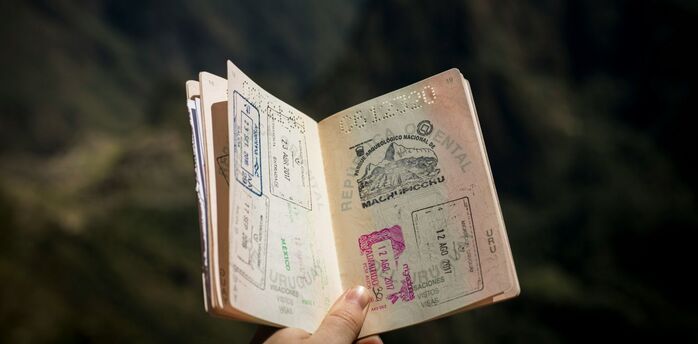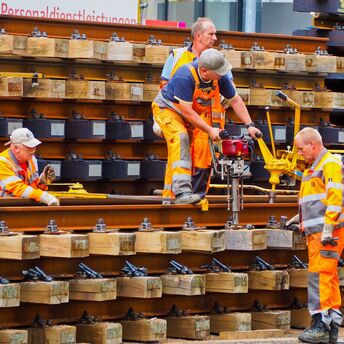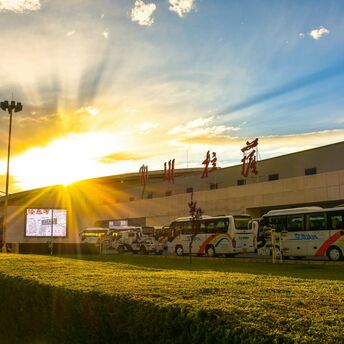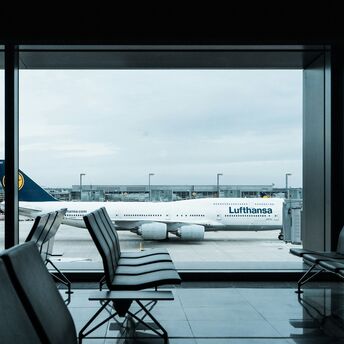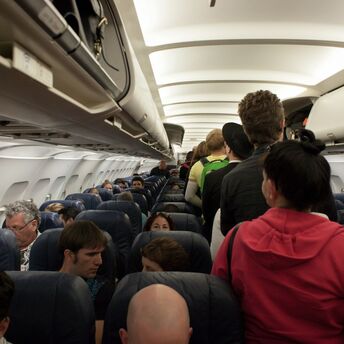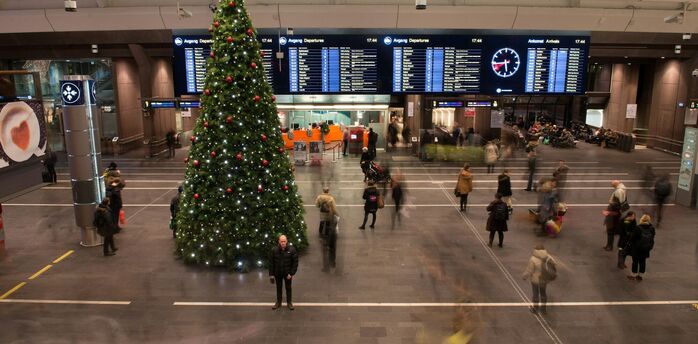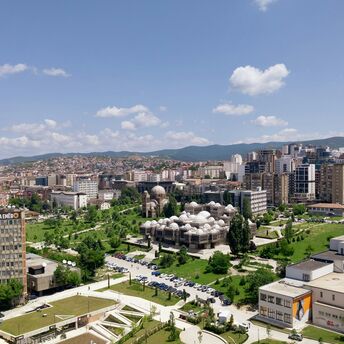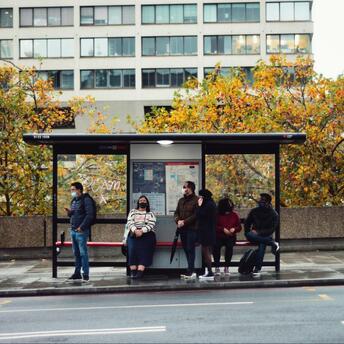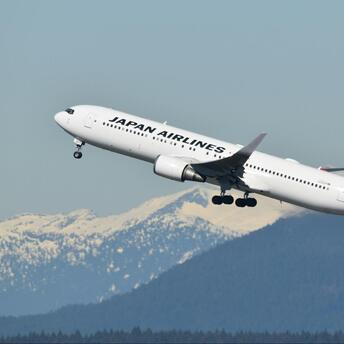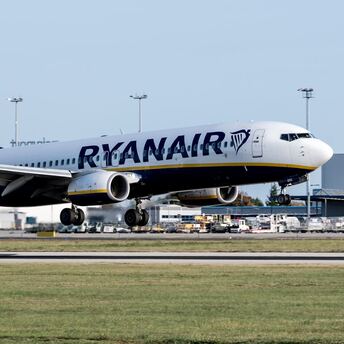Cluj Airport Becomes Romania’s First to Scrap Liquid Rules

From 3 September 2025, Cluj-Napoca’s Avram Lancu International Airport will become the first in Romania to lift restrictions on the volume of liquids, aerosols, and gels in cabin baggage. Passengers will now be able to carry individual containers of up to two litres without removing them at security. The change follows updates to explosive detection software, introduced as part of an EU-funded expansion project.
The decision was made in cooperation with Romania’s Anti-Terror Brigade and equipment manufacturers to meet European Commission requirements. Airport officials say the upgrade will reduce passenger processing times and simplify security procedures. New software standards now ensure everything meets EU safety rules, so passengers no longer have to separate or show their liquids at security.
Cluj Airport is the country's busiest regional airport, handling over 3.2 million passengers in 2024. That number is expected to grow to 3.4 million in 2025. Authorities describe lifting liquid restrictions as a long-anticipated improvement that reflects ongoing investment in security and passenger comfort. The airport’s management board confirmed the security equipment had been acquired in 2024 using European funds under a wider terminal expansion project.
Easier security procedures make trips more convenient for anyone flying to and from north-western Romania. This means passengers spend less time queuing and can reach their gate faster during peak hours. The airport connects directly with cities such as London, Paris, Milan, and Vienna. At the same time, its location offers quick access to Cluj-Napoca’s historic centre, the Apuseni Mountains, and the vineyards of Transylvania. These changes could also encourage more tourists to add Cluj to their European travel plans.

It's a great example of how airports are adapting to new technology. Travelers can now enjoy a smoother security check without the old 100 ml liquid rules, all while maintaining safety. This is a big step for Romania and a sign of how other European airports may modernise in the future. And it shows that air travel can be less about strict regulations and more about getting you to your destination faster and with less stress.


